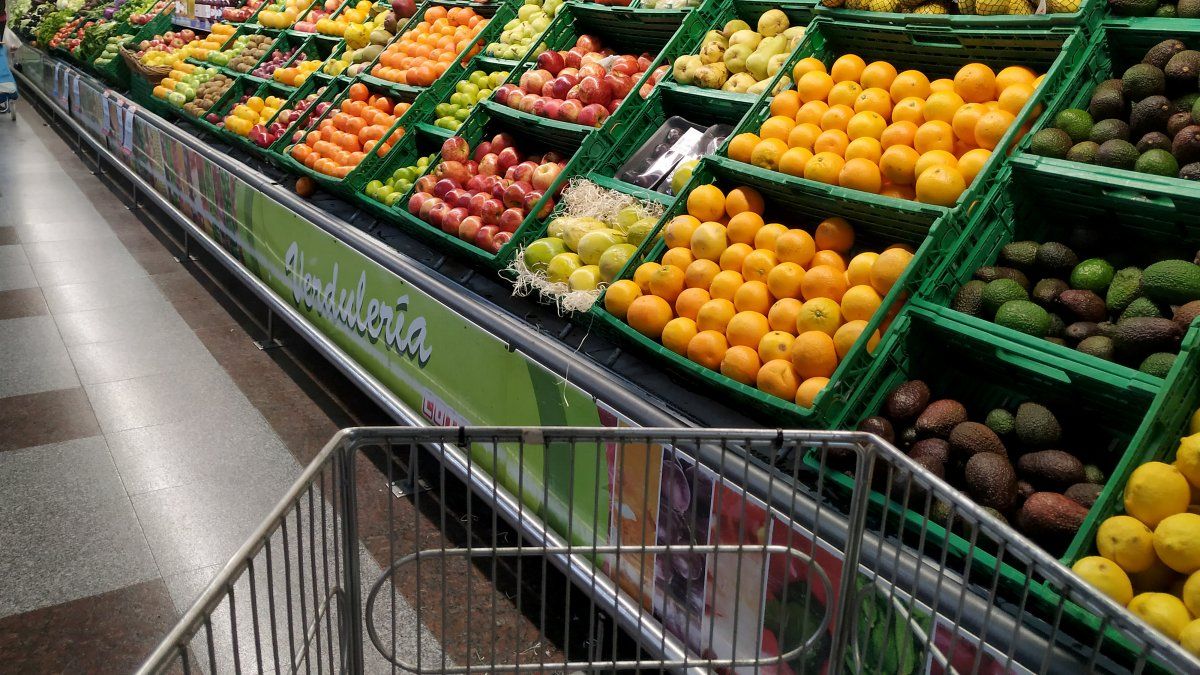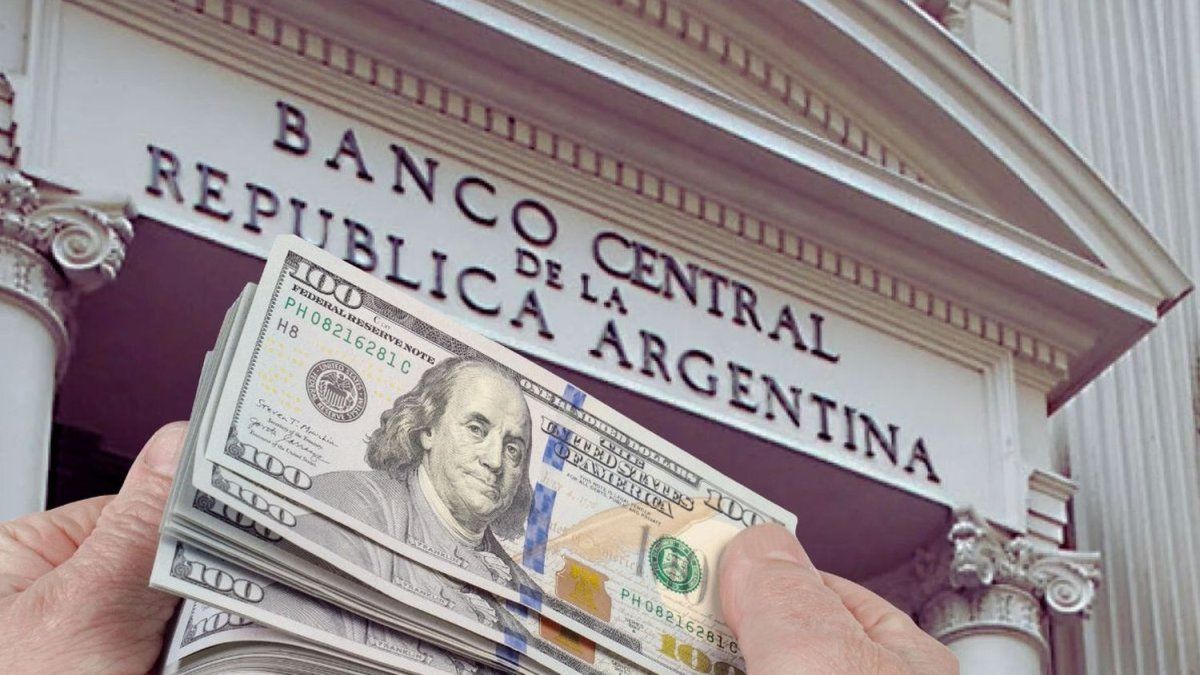- Fruits and vegetables: From the field to the shelf, the prices of the 19 fruits and vegetables that make up the IPOD basket multiplied by 5.98 times in July, for which the consumer paid about $6 for every $1 received by the fruit and vegetable producer .
- Livestock: For the 5 livestock products and by-products that make up the IPOD basket, the consumer paid 2.77 times more than what the producer received.
CAMEagroalimentos.png
Products with the largest gaps
Zucchini (14.11 times), lemon (14.03), orange (10.85), red apple (8.43) and carrot (6.83) were the 5 agrifoods that showed the greatest difference between origin and destination.
In the case of citrus fruits, the producers explained the difference in field-gondola prices due to overproduction in Entre Ríos, directed towards the domestic market. While the price of origin tends to fall in the face of greater supply and lower demand, the price of destination tends to rise and accompanies the inflationary context.
Regarding the zucchini, the wide gap was caused by a strong monthly increase in consumer prices —over 40%—, while at origin there was only an increase of 10%. The red apple and the carrot, for their part, maintained the great difference in prices from producer to consumer presented in recent months.
LThe producers of the agri-foods with the greatest price difference between the field and the gondola coincided in the lack of reference prices, caused by the instability of the macroeconomy and its impact on the price of the main inputs used in agricultural production. Added to the uncertain replacement costs is a drop in demand due to loss of purchasing power.
Products with fewer gaps
Among the products that presented the least difference between the price received by the producer and the price paid by the consumer, there are 2 products of animal origin and 3 fruit and vegetables.
In the case of garlic (3.11) and strawberries (1.73), both are products out of season. However, the latter is a fruit that everyone needs to have on the gondola, so the greengrocer and/or the hypermarket give up profitability in the face of a high final sale value, thus narrowing the difference between the price received by the producer and the price received by the producer. the consumer paid.
In relation to onion (2.16), a monthly increase of 79% was observed in greengrocers and 70% in hypermarkets, which was accompanied by a 287% rise in prices of origin —which were not received by small producers, who had already sold all their production, due to the lack of supply from Santiago del Estero. It is estimated that next month production from northern Argentina will enter, which should increase supply and decrease producer prices.
Regarding livestock products and by-products, the smallest difference between origin and destination was due to the fact that eggs (1.99 times) and chicken (2.08), generally have integrated production systems, which means that all the actors in their respective value chains are part of the business risk.
In the case of eggs, while the price received by the producer increased by 13% month-on-month, at the consumer level, prices increased by 29% (hypermarket) and 22% (retail).
As happened with onions and eggs, other products that presented dissimilar behaviors in origin and destination were lettuce and milk, although they were not among those with the smallest gaps. While the price received by the lettuce producer increased monthly by only 5%, at the level of the final consumer, prices increased by 19% (retail) and 4% (hypermarkets). In milk, for its part, the price increased by 2% at origin compared to June, but at destination the situation was different: in the retail gondola it showed an increase of 10%, while in hypermarkets it was 8%.
“The analysis shows that the primary producer is not a price maker, and therefore is not responsible for its escalation. In general, the differences between origin and destination are due to a set of behaviors, such as speculative behaviors, adopted by different actors in the value chain that abuse their dominant position in the market –basically, hypermarkets, warehouses packaging and cold rooms–”, they expressed from CAME.
Source: Ambito
David William is a talented author who has made a name for himself in the world of writing. He is a professional author who writes on a wide range of topics, from general interest to opinion news. David is currently working as a writer at 24 hours worlds where he brings his unique perspective and in-depth research to his articles, making them both informative and engaging.




